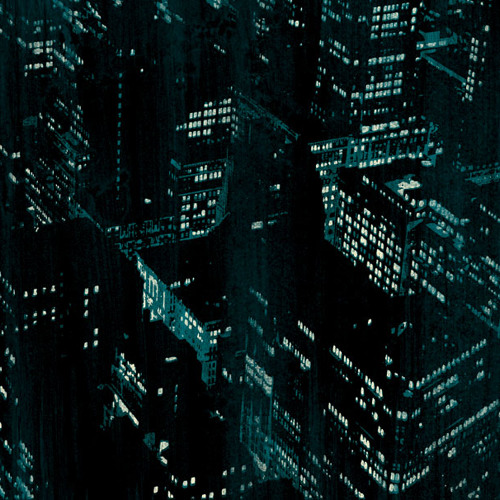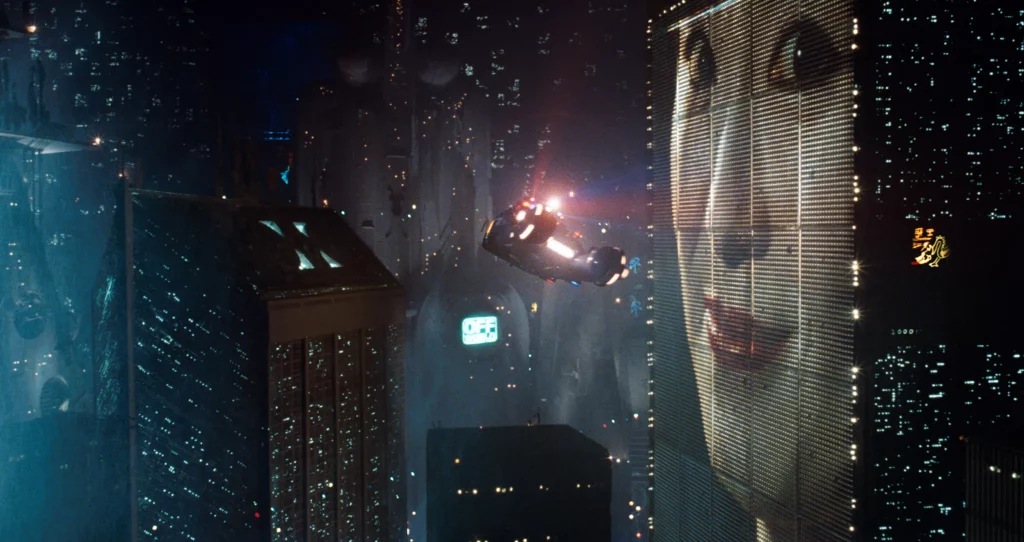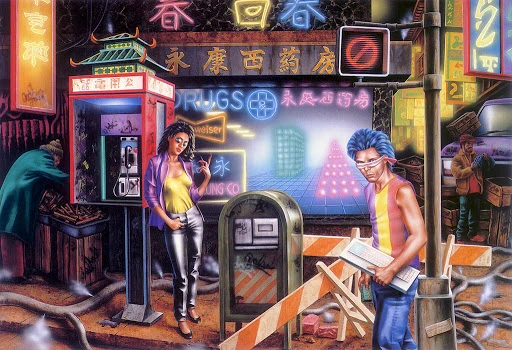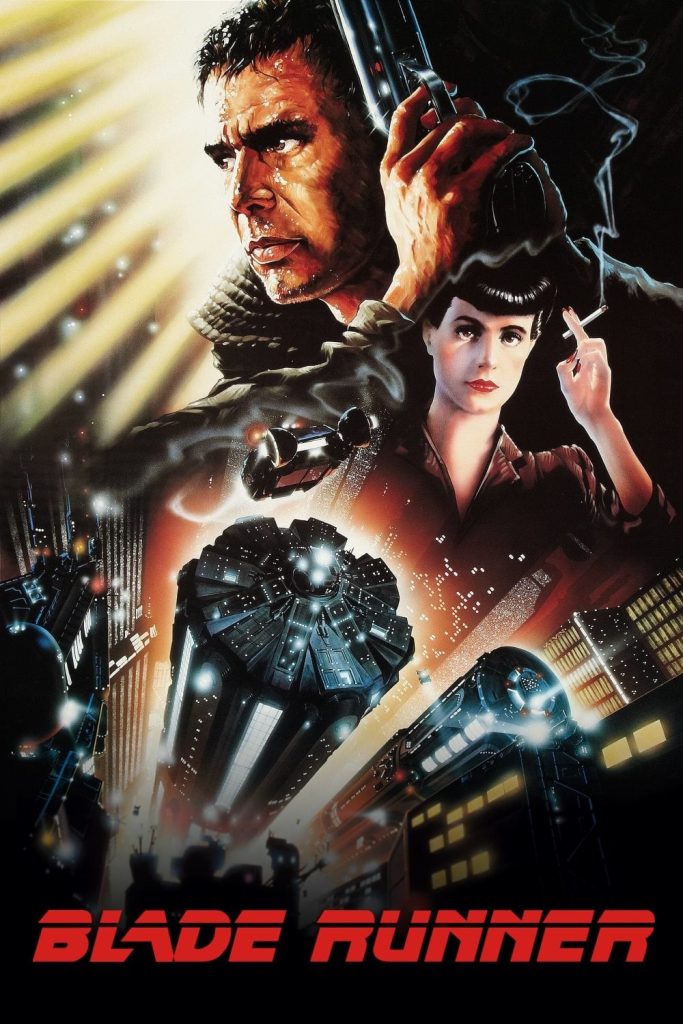In both Blade Runner and Neuromancer the authors explore the theme of humanity and what it means to be a human being. One of the key concepts in both is that fact that big powerful companies such as Tessier-Ashpool control and manipulate society. In the Blade Runner, the company that manufactured the replicants had a major impact on society because of their power. In Blade Runner, the replicants are programmed to be identical to humans, however, they have enhanced physical capabilities and programmed emotional responses. They sold the replicants for labor and used them until they deemed them unuseful. The film questions what it means to be human and have humanity, it was depicted that having empathy and other emotions separated man from machine. However, the film showed Roy, one of the replicants being self-aware and more empathetic than many humans.
In Neuromancer, human identity is closely related to cyberspace, a digital place where people’s consciousness can exist outside of their body. However, receiving AI and other biological enhancements come at a cost of one’s humanity. In the novel , the characters with the technological enhancements deal with alienation and isolation. These enhancements cause Case and Molly for example, to separate from their humanity, their emotions, and their bodies. This and Case’s interactions with artificial intelligence causes him to raise questions about his own consciousness and his body. The AIs capabilities raises the question of what it means to be human in a Cyberpunk society.
Overall Both Blade Runner and Neuromancer portray the results of technological advancement being controlled and manipulated by big corporations. This control allowed these companies to create a challenge against traditional ideas of humanity and autonomy. Both pieces, display that technological enhancements come at the cost of one’s humanity, they also raise questions about the line between being a human and a machine.




